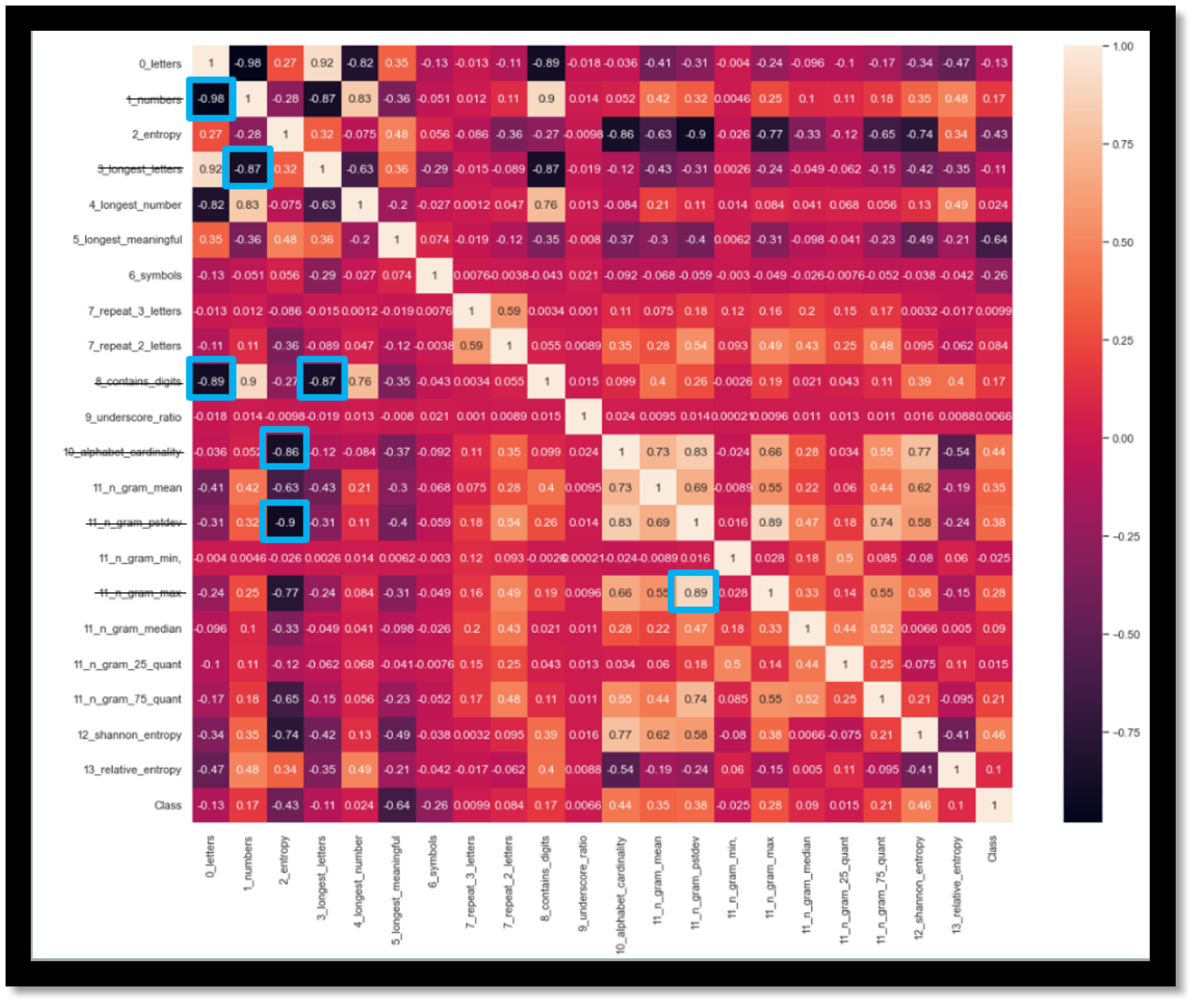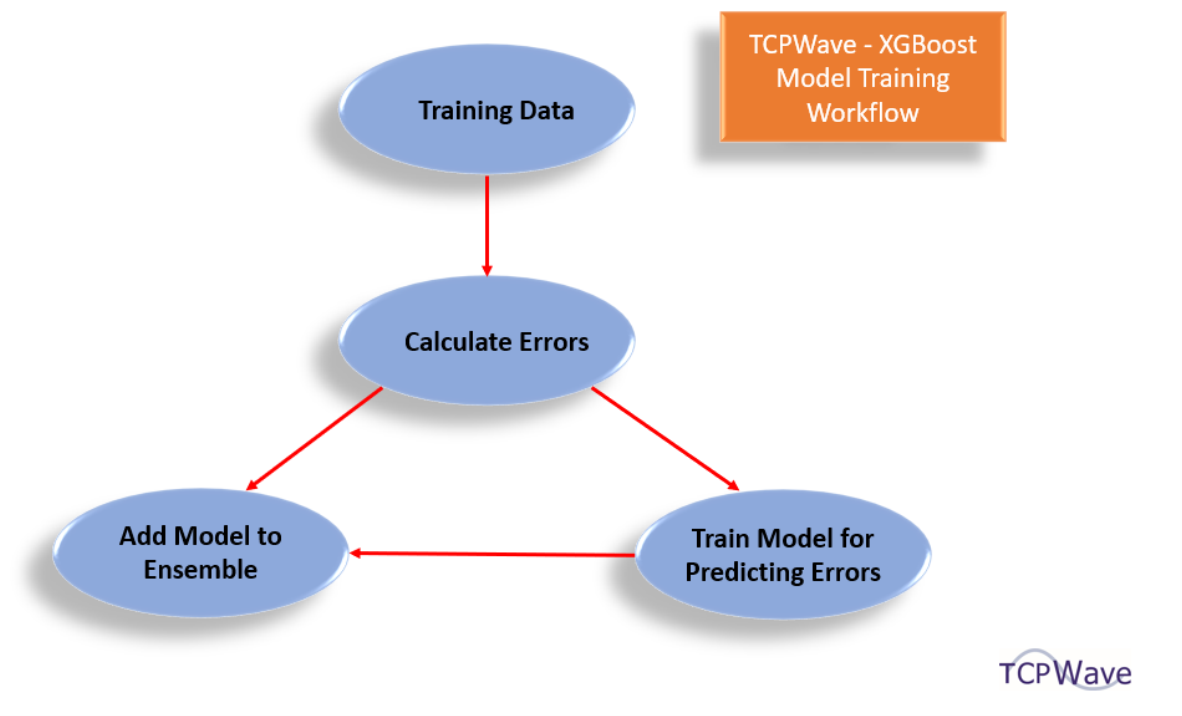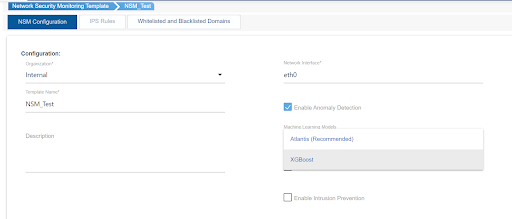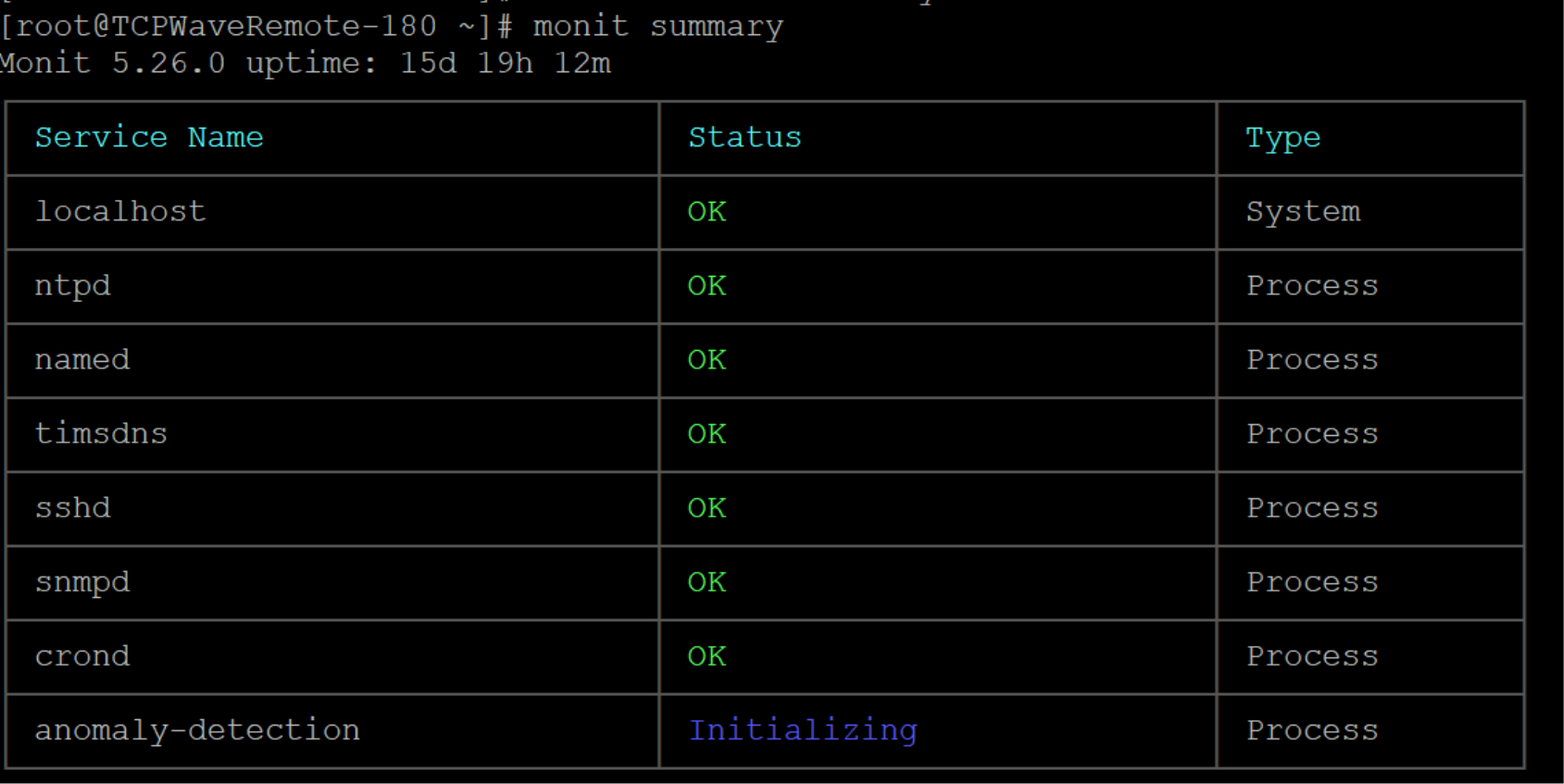
DNS is a central part of internet operations. The primary use of the DNS is to translate IP addresses to human-friendly names; this makes it a critical component of business operations. As a result, it has become the main target for malicious actors. The malicious actors have successfully deployed various DNS-based attacks, such as the application of Domain Generation Algorithms (DGA) to command and control a group of Internet of Things (IoT) or tunneling techniques. Despite the continuous progress in detecting DNS attacks, there are still weak spots in the network security infrastructure. Hence, it is imperative to implement new ways to analyze data, particularly machine learning (ML) algorithms. Various security teams urge to integrate ML-based DGA detection within the organizations that provide high-performance accuracy based on the data. TCPWave’s DNS TITAN solution provides to combat and safeguards the DNS from the attacks. It uses In-House built tunnel detection Machine Learning (ML) algorithms trained using massive ~3.3M records and varied DNS data, thereby learning and detecting the malicious DNS traffic flowing through the DNS pathways in the enterprises. This white paper provides insights on how TCPWave’s Threat Intelligence uses one of the ML models - XGBoost to detect and mitigate the DNS anomalies.
It is one of the subsets of Artificial Intelligence (AI). It finishes the task of learning from data with specific inputs to the machine. There are several stages in the ML lifecycle, and a few of the major ones are:
|
Name |
Description |
|
Data Management |
Collect, Clean, Visualize, and Feature Engineering the data. |
|
Model Training |
Process in which the ML algorithm is fed with training data and learns the best fit from the data features. |
|
Model Evaluation |
Process in which the ML model performance is evaluated based on specific metrics such as accuracy, precision, etc. |
|
Model Deployment |
Process in which the ML model is integrated into an existing application. |
Dataset is one of the main components in building an ML model.
It is the process of extracting the features from the raw data to capture the data properties and give them as input to the ML model. TCPWave’s ML Engineering team has obtained some features, such as metric entropy, symbols ratio, etc. The features are further filtered by conducting multicollinearity checks; below is the plot of the features. Click here to know about the feature selection.

TCPWave’s ML Engineering team used the above data management and feature engineering steps to train and evaluate an XGBoost model.

To improve the ML model’s accuracy, the TCPWave’s ML Engineering team has used the RandomizedSearchCV - one of the best hyperparameter tuning methods. In this strategy, each iteration tries a random combination of hyperparameters. It records the performance and returns the combination of the following hyperparameters that gives the best performance:
|
Hyperparameter |
Description |
|
learning_rate |
It is the regularization parameter step size to avoid overfitting. It shrinks feature weights in each boosting step. |
|
n_estimators |
It is the number of trees that is boosted. |
|
max_depth |
It is the maximum depth of the decision tree. |
|
colsample_bytree |
It is the fraction of features selected randomly from all the features. |
|
subsample |
It is the ratio of training instances. (Example: 0.5 means 50% data used before growing trees) |
Based on the best hyperparameter combination, the XGBoost’s innovative features and algorithmic optimizations rendered an accuracy close to the Atlantis model.
Note: Atlantis is a hybrid model whose deep learning architecture is designed using Convolution Neural Networks (CNN) layer and a Long- and Short-Term Memory (LSTM) layer in parallel.
|
Metrics |
Description |
Percentage (%) |
|
Accuracy |
It represents the number of correctly classified data points over the total number of data points. |
93.66 |
|
Precision |
It is the ratio of true positives to the sum of true positives and false positives. |
94.54 |
|
Recall |
It is the ratio of true positives to the sum of true positives and false negatives. |
95.26 |
|
AUC |
It is the score representing the area under the curve of ROC (receiving operating characteristics) and is the measure of the ability of a classifier to distinguish classes. |
93.15 |
|
F1 score |
It is the harmonic mean of precision and recall. |
93 |
XGBoost Model is categorized as an ML model for anomaly detection in TCPWave IPAM. To configure it:
Also, an NSM Template can only be associated with an appliance in the same Organization as the Template.
Detailed information on these two configuration steps is provided in the subsections below.



The never-ending battle persists with the complexity of the threats changing as quickly as innovation grows. Many organizations are working hard to overcome DNS anomalies by introducing new configurations or developing in-house ML models. Hence, the organizations look forward to having a framework that ensures all the facets of the security ecosystem are safe and secure. TCPWave’s XGBoost model is one of the best solutions to detect and mitigate DNS anomalies. For a demo, contact the TCPWave Sales Team.
FANCI: TCPWave’s ML Engineering team obtained some of the features using this system.
|
Description |
|
|
Letters Ratio |
The ratio of the number of letters to the total number of characters. |
|
Digits Ratio |
The ratio of the number of digits to the total number of characters. |
|
Metric Entropy |
Shannon’s entropy is divided by string length. |
|
Longest letters string ratio |
The ratio of the number of consecutive words to the total number of characters. |
|
Longest number string ratio |
The number of consecutive numbers to the total number of characters. |
|
Longest meaningful word ratio |
The ratio of the meaningful word (obtained enchant python library) to the number of string characters. |
|
Symbols ratio |
The ratio of the number of symbols in the string to the length of the string. |
|
Repeat 3 Letters |
Count of the words that are repeated thrice. |
|
Repeat 2 Letters |
Count of the words that are repeated twice. |
|
Contains Digits |
One if contains digits else 0. |
|
underscore_ratio |
The ratio of the number of underscores to the number of letters. |
|
alphabet_cardinality |
Returns the total number of characters in the query. |
|
n_gram_frequency_dist |
returns a list of following: [mean, standard deviation, min, max, median, 0.25 quantile, 0.75 quantile] |
|
shannon_entropy |
Calculates Shannon entropy for data. |
|
relative_entropy |
Calculates relative entropy for data. |